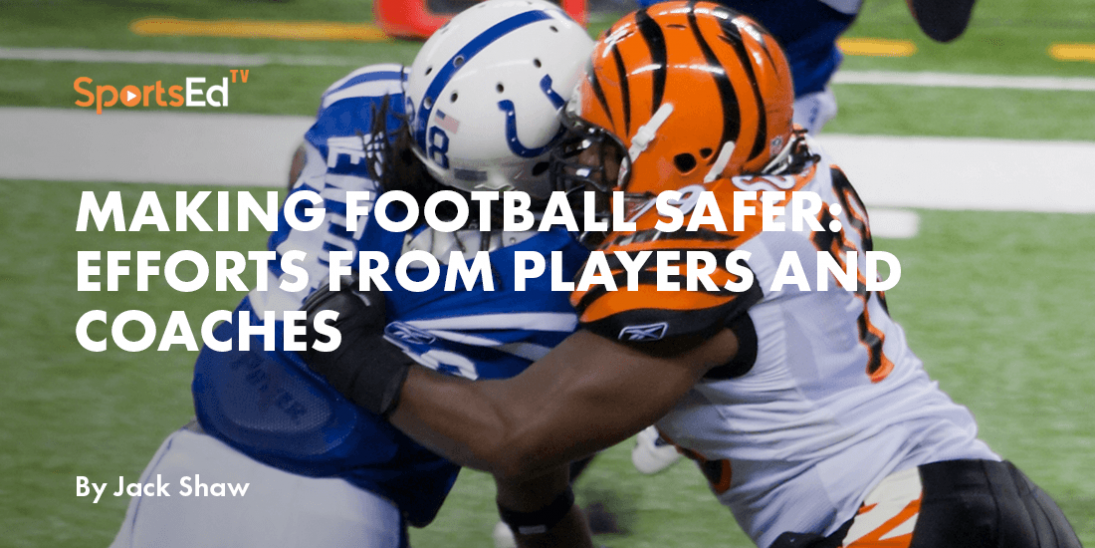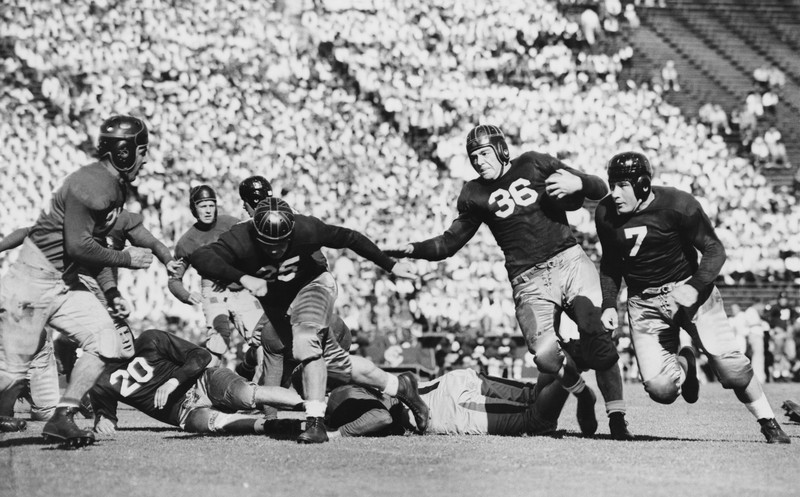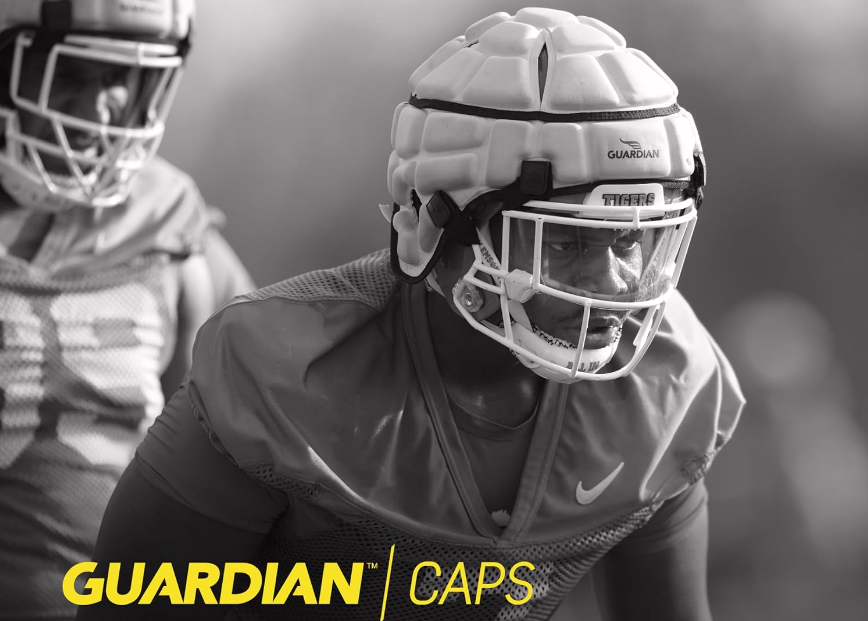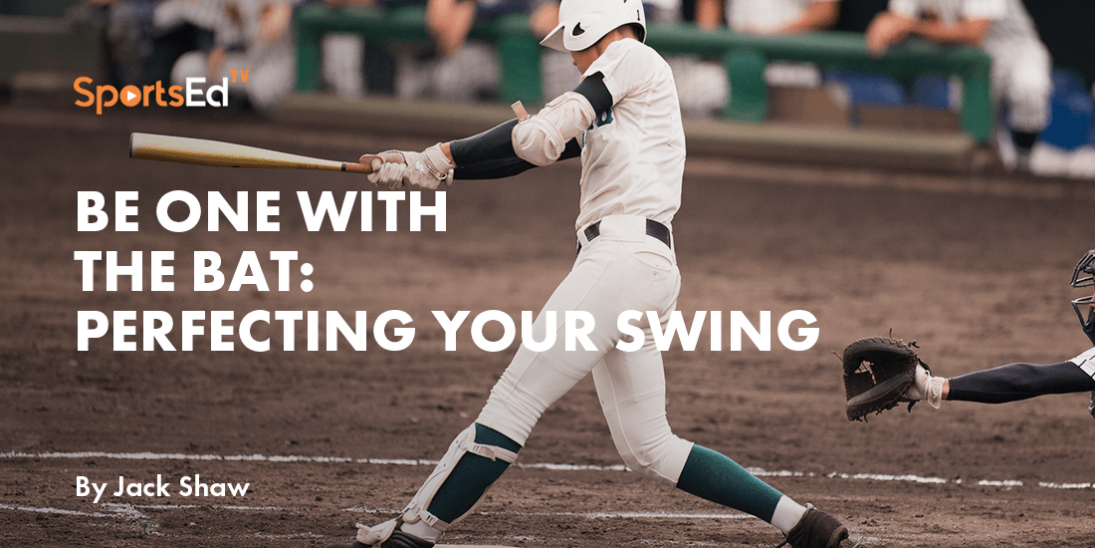Concussion, Football - American
Welcome and thanks for visiting...

Making Football Safer: Efforts from Players and Coaches

Football requires contact and physicality among players. Therefore, injury risk is prevalent regardless of how old your athletes are. While people have scrutinized the sport for concussions and other injuries, advancements have made the game safer. Ultimately, it’s up to coaches to protect their players through teaching and proper decisions. Here’s a guide to football’s safety evolution and how to protect your athletes.
The Evolution of Football Safety
Concussion protocol wasn’t always a big deal in football. In the early 1900s, players didn’t often wear helmets for protection, leading to incredible injury risks. The sport frequently used gang tackles and helmetless heads for unforgiving contact.
Football was historically more physical because you had to call running plays. The forward pass wouldn’t come until Theodore Roosevelt’s presidency. The 26th president enjoyed the sport, so he didn’t want to see widespread bans. How did he save it?
Roosevelt influenced safety changes by introducing the forward pass. This new rule mitigated the mass formations and reduced the number of injuries. As a result, the following college football seasons saw fewer fatalities and players sidelined by injuries. It wouldn’t be long before helmet rules came into play.
Helmet Rules
Leather helmets were the norm for much of the early 20th century, offering minimal protection for player safety. However, changes came when the National Football League (NFL) started using plastic helmets in 1949, thus abandoning the leather headgear.
Since the mid-20th century, football has evolved with better helmets. Leagues added bars and padding to the headgear to protect the players from the worst hits.
Tackling Forms
While improved helmets were great, football had to address the other problems contributing to player safety. For instance, the NFL has grappled with harmful tackling techniques by banning and penalizing them. A significant change came in 2006 when the league banned low hits on quarterbacks if the defender could avoid such a tackle.
Nearly every year since 2002, the league has added new safety rules to improve the game. 2013 marked a critical change when the NFL banned forcible contact by tackling with the crown of your helmet if both players are outside the tackle box.
The league also included long snappers in their defenseless players category, thus penalizing defenders who tackle them illegally. The old NFL featured defensive stars like Lawrence Taylor and Reggie White, but you can’t play by their rules anymore. Modern defensive stars have adjusted to today’s game and performed well under new regulations.
Injury Data
The last decade has seen fewer violent tackles and over-the-middle hits to wide receivers. Concussion incidents decreased for a few years but have seen an uptick since 2021. The league saw 275 concussions in 2015 before dropping to 224 in 2019. The 2021 season marked the first with 17 regular season games and only three preseason games, thus leading to a three-year increase in concussions. The NFL saw this injury rise by 32 incidents from 2021 to 2023.
How teams handle concussions has come under the microscope after incidents in the last couple of seasons. For example, Miami Dolphins quarterback Tua Tagovailoa suffered a concussion on Thursday Night Football just four days after a head injury in a game against the Buffalo Bills. The incident has led to widespread conversations about what leagues, coaches and players can do to protect all athletes on the field.
Guardian Caps
How will the NFL address safety for the upcoming season? The league is permitting Guardian Caps for regular-season games this fall. NFL officials say these padded helmets reduce concussions by nearly 50% in the last two years of training camps. The primary difference with traditional helmets is the exterior padding, which better protects the skull.
In 2023, the NFL mandated Guardian Caps at contact practices to heighten head protection. The league required linemen, linebackers, running backs, and fullbacks to wear this new headgear because of the heavy contact they endure. Quarterbacks, wide receivers, defensive backs, punters, and kickers are the only exempted positions.
While the Guardian Caps are innovative, they are optional for next season. The athletes have six new helmet models to protect their heads, with the NFL and the Players Association saying they offer equal protection to the Guardian Caps.
How Coaches Can Make Their Players Safer
As a coach, protecting players starts with you. Leaders should ensure the safety of their athletes, whether they’re in elementary school or professional leagues. Here are three strategies coaches should use to safeguard their football players.
Embrace Innovation
Football programs have many helmets to choose from in today’s market. For safety purposes, embrace innovation and find the best headgear to protect your players, such as 2nd Skull — a helmet manufacturer for children and adult sports. This company produced a thin skull cap that protects your head despite its lightweight characteristics.
Inspiration in helmet design could also come from other sports. Racecar drivers are vulnerable to head injuries, so football professionals should look to motorsports associations for improved safety. For example, Simpson Race Products produced a helmet weighing just 2.6 pounds due to its Kevlar and carbon fiber composition. Purdue University research concluded that lighter helmets are just as good as heavy-duty headgear in protecting athletes.
Take No Chances
Injuries are prevalent in football due to its intense physicality. Unfortunately, it’s hard to avoid harm to youth in the sport. A 2021 Centers for Disease Control (CDC) study found youth tackle football sees 15 times more head impacts than flag football players, thus increasing the risk of concussions and other serious injuries.
The risk to players means coaches should take no chances, whether in practice or games. If you think an athlete is hurt, don’t let them play through it. Players might try to play through a sprain or fracture, but they may make the pain worse. Watch for signs of injuries and treat them immediately. Coaches should monitor players for concussions by being aware of symptoms:
- Nausea
- Vomiting
- Fatigue
- Blurry vision
- Headache
- Ear ringing
Alter Practice
The level of contact in football should vary by how old your athletes are. For example, tackle football might not suit elementary or middle school children. Experts say kids around 14 or 15 could safely start the transition to tackle football. However, the players should practice tackling drills and improve their skills before starting full contact in the sport.
What can coaches do to protect their players? They should create age restrictions if they have full contact and head impacts. Football leaders should also prioritize non-contact drills to improve skills before moving to more aggressive practices.
Teach Safe Tackling
Players should protect themselves and others on the football field. How can they decrease the odds of injuries? Safe tackling in practice teaches better fundamentals to help your athletes. Proper tackling means prioritizing a wide stance and avoiding using the head. Bend your knees and aim for the center of the other player’s body.
Protecting Players and Spearheading Safety
Football can be a violent sport because of its harsh contact. Football can be a violent sport because of its harsh contact. This physicality has led to safety questions and rule changes to accommodate the athletes over the years. Helmets, the forward pass and NFL rule changes were essential to protect players.
While these adjustments were necessary, injuries are still prevalent in the sport. How can football improve its safety? It boils down to coaching and emphasizing proper fundamentals. The players should tackle safely and not participate if injuries are bothering them. Coaches bear the responsibility to protect their players on and off the field.










